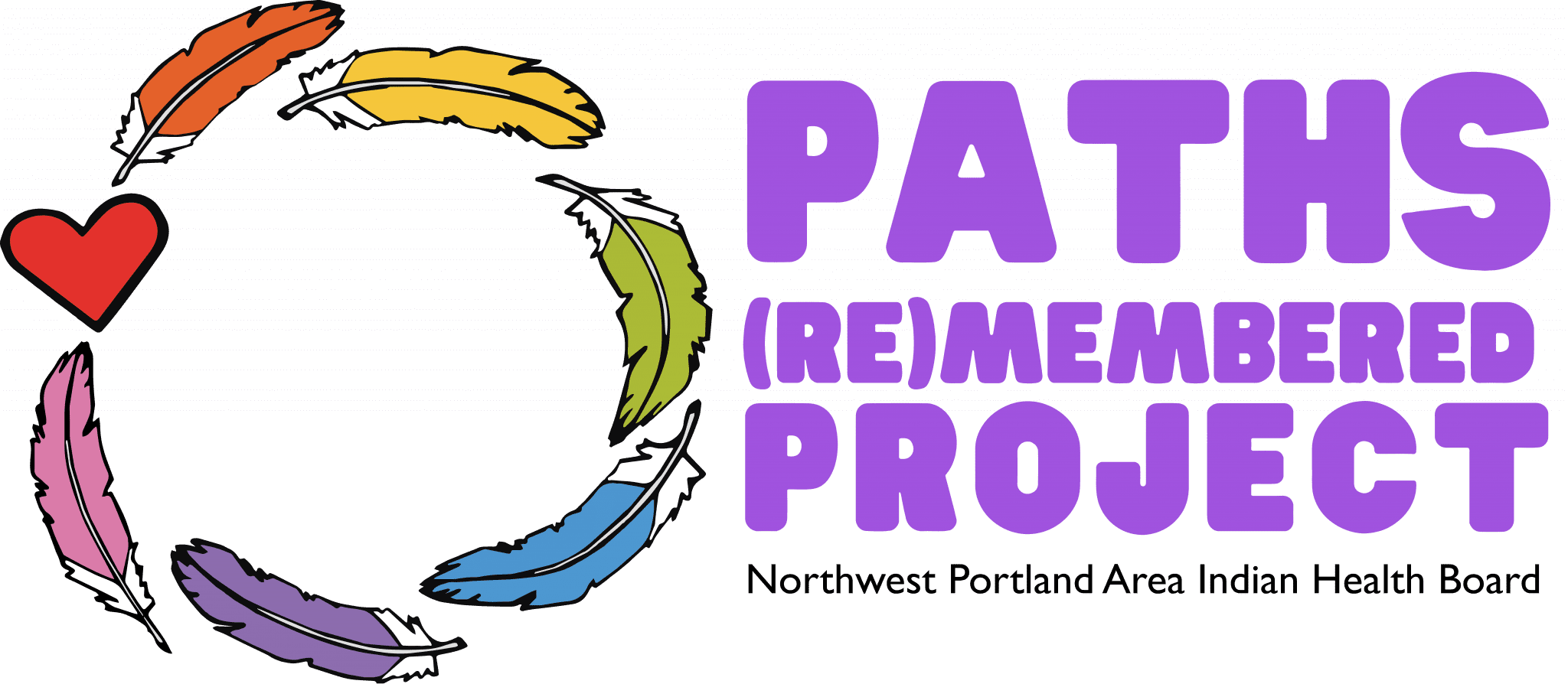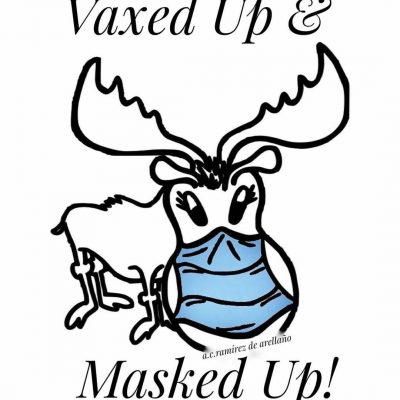We talked to a.c.ramírez de arellaño, whose art explores the impact of colonialism at the intersection of disabled, Indigenous, and queer identities.
During the pandemic, you’ve been really involved in various mutual aid networks, some of which specifically serve the 2SLGBTQ+ community. How is mutual linked to sovereign queer Indigenous chosen family for you?
Mutual support and sharing is how we survived historically as Indigenous people. And the queer community has its own version of that, surviving in capitalism, having been turned away for housing or jobs. I’ve been fired from a job for being trans. I have personal experience with that. So for me, it’s just natural to work in a mutual aid model. My queer Indigeneity can be a point of conflict or tension if I’m forced to work outside of that model in a mainstream job. If I’m going to work from home during the pandemic or do my own thing with art, I’m going to do it my way, focusing on community. I’m not happy or comfortable with a competitive style of productivity, because I can’t feed myself that way. I’m in a wheelchair. I’m not the one going out into the field and growing stuff. Even when I did—I was a farmer at one point—I still relied on somebody else to butcher goats or bring me supplies. Nobody lives in a vacuum. We survive best when we survive in mutual relationship, care, and support.
How does relationship building and mutual reliance relate to public health in this moment?
Yeah, we are in a mess. We have this convergence of factors that should be helping us. Science has advanced to the point where we can rapidly create vaccines. The internet has reached many parts of the world. We should be able to manage a rapid, global response to the pandemic, but we haven’t. We’re again at a saturation point, where in parts of the country they’re rationing healthcare. ERs are full, ICUs are full. People are dying of medical issues, because there are too many folks with COVID in the hospitals.
Early in the pandemic, I was turned away from the hospital, because they didn’t like the gender marker on my identification. I was there with an enhanced ID card and my insurance ID card. It had my name, my gender, everything that they need.
They said, You need to go get your state driver’s license.
And I said, But my state driver’s license has the same gender marker. They all say X. Why do I have to go get that?
Well, we can’t see you, they said. We can’t see you if it says X.
An emergency room can see you without ID. None of it made sense. It was just somebody who had personal issues. So I left. And I brought in an advocate. And that advocate was treated badly. It turned into a shouting match between the advocate and the ER, and I’m just waiting to be seen. I’m sick, right? I wanted to get out of there as quick as possible, because I was afraid of catching COVID. I’m already accustomed to not getting the best of care from the overall medical system. So what happens when I show up at that ER, and I have heart and lung problems, and they’re rationing care, and there’s a long line, and I’m already the one that they turned away once because they didn’t like my gender marker? I’m scared. I’m scared, and I’m feeling betrayed by my community.
People around me who are not vaccinated could potentially kill me. That sounds dramatic, but it’s true. I would be a prime candidate for a breakthrough infection. I have a poor immune system. I have all these underlying conditions. I’m doing everything I can—talking directly to people who don’t want to be vaccinated—Vax up, Mask up. That’s what the T-shirt says. I wear my T-shirt almost everywhere I go. I’m trying to convince people to do this. I’m saving my own life. I’m saving my child’s life. I’m saving our elders’ and our culture keepers’ lives.
Where do you within that fear find the levity and joy that infuse your art and your Vax Up, Mask Up campaign?
During the lockdown—fifteen months in my house with my preschooler and my kindergartener, I did a painting called joy. It was from a photograph of the weeks before Oregon went into lockdown in the spring. It was a five foot tall painting of my daughter laughing—just her shoulders and head. She’s got her head tilted backwards, and she’s laughing at something. I don’t even know what she was laughing at, but I happened to snap her photo right then.
That painting is the first thing that sold at a recent, masked, socially distanced art show, because everybody else is reaching for joy, too. If you come from a community that is historically not just sidelined but horrifically treated, or if you come from an intersection of those communities, you have to keep searching for moments of joy or you get lost in darkness. And I don’t want to get lost there. I’ve been lost there. I don’t want to be lost there again.
All of my art has a spark of joy. I have a piece that’s called Resist—there’s a mask, and this is pre-pandemic, this was in response to Trump—and an Indigenous face, and the mask says Resist across it. To me, there’s so much joy in just seeing that we’re still here, because we resist, and we’re gonna keep laughing about it. And we’re gonna keep finding joy. And we’re gonna make our own.
Find a.c.ramírez de arellaño on IG @a.c.ramirezdearellano or on their website at https://acramirezdearellano.wordpress.com/


